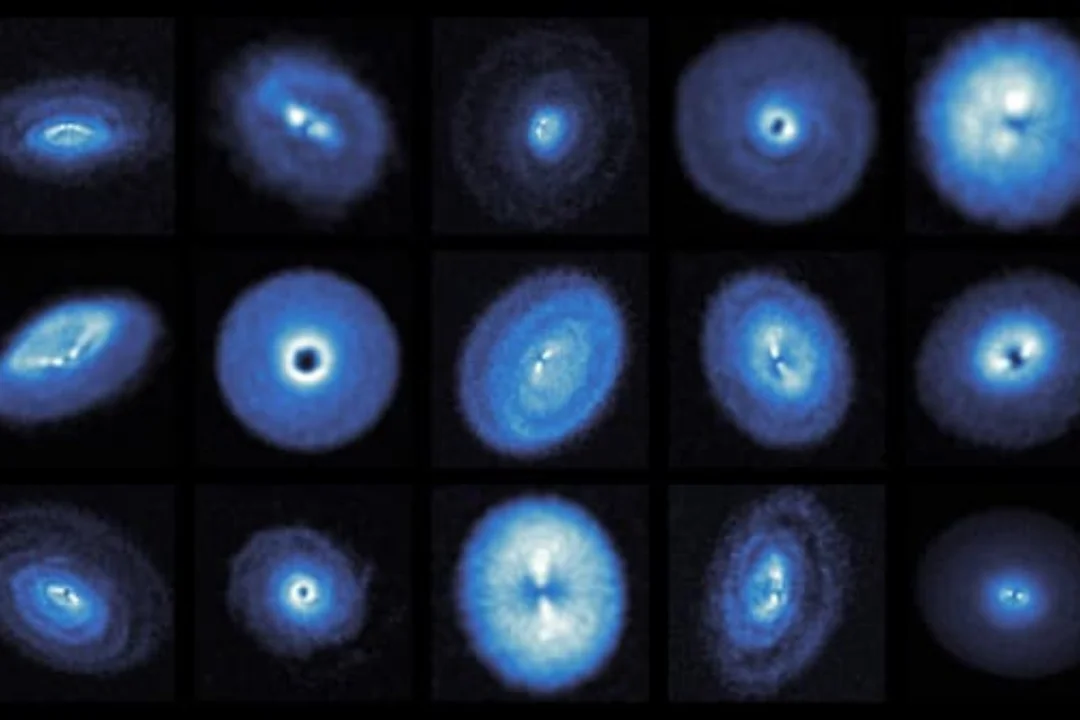
Astronomers Discover Five “Baby Planets” Still in Formation: A New Era in Exoplanet Research
A groundbreaking international planet hunt has yielded the discovery of five new exoplanets, remarkably, young and still in the process of forming. This discovery, described as a "remarkable leap forward" by experts, provides unprecedented insights into the early stages of planet formation.
These “baby planets” were identified by researchers using a novel advanced imaging technique that pierces through obscuring gas and dust, allowing the detection of previously hidden planetary systems. Instead of directly observing a planet's light, the technique focuses on the effects these planets have on their surrounding environment. 
Professor Daniel Price of Monash University, a key developer of the technique, told Newsweek, "This is a totally new area of research and a really wonderful dataset...It is only since 1995 we discovered that solar systems exist around stars other than the Sun, and now we are finally getting a glimpse of how these extra-solar planets are formed."
Christophe Pinte, the primary investigator, likens the approach to “trying to spot a fish by looking for ripples in a pond, rather than trying to see the fish itself." This innovative method is part of the exoALMA project, named after the powerful Atacama Large Millimeter/submillimeter Array (ALMA) telescope in Chile. This telescope is capable of capturing images of never-before-seen planets and their solar systems.
The exoALMA project allows researchers to study planets as young as a few million years old, a stark contrast to Earth's age of 4.5 billion years. Pinte explained that the ability to detect such young planets allows scientists to "learn a lot more about how they grow and evolve."
"A key finding of exoALMA is that planets form quickly, in less than a few million years, and in surprisingly dynamic environments, with many physical mechanisms at play," Pinte added. This research not only enhances our understanding of planet-environment interactions but also offers potential insights into the formation and development of our own planet. 
While over 5,000 exoplanets have already been discovered, Price emphasized that they are all mature systems, hindering our understanding of their formation and the reasons for their drastic differences from our own solar system. The new technique, therefore, “opens up lightyears of new possibilities for future discoveries.”
Further analysis using ALMA data and advanced simulations supports the planet-driven origin of structures within protoplanetary disks. A research team led by Santiago Orcajo has presented a new model, tracing disk evolution through five distinct stages, reinforcing the idea that planets significantly reshape their disks.
The findings have been published across 17 papers in the Astrophysical Journal Letters, with more anticipated later in 2025. The data and images associated with the research will be made publicly available to encourage future scientific exploration.
Price also mentioned ongoing collaboration with NASA's James Webb Telescope to directly image the planets and analyze the chemical imprints of where the planets warm their surrounding gas, aiming to understand their growth rate.
This project promises to unlock the secrets of how planets are born, bridging the gap in our understanding of planetary systems and offering a glimpse into the dynamic processes that shape the cosmos.
What implications do these findings have for our understanding of the universe? Share your thoughts and perspectives in the comments below.